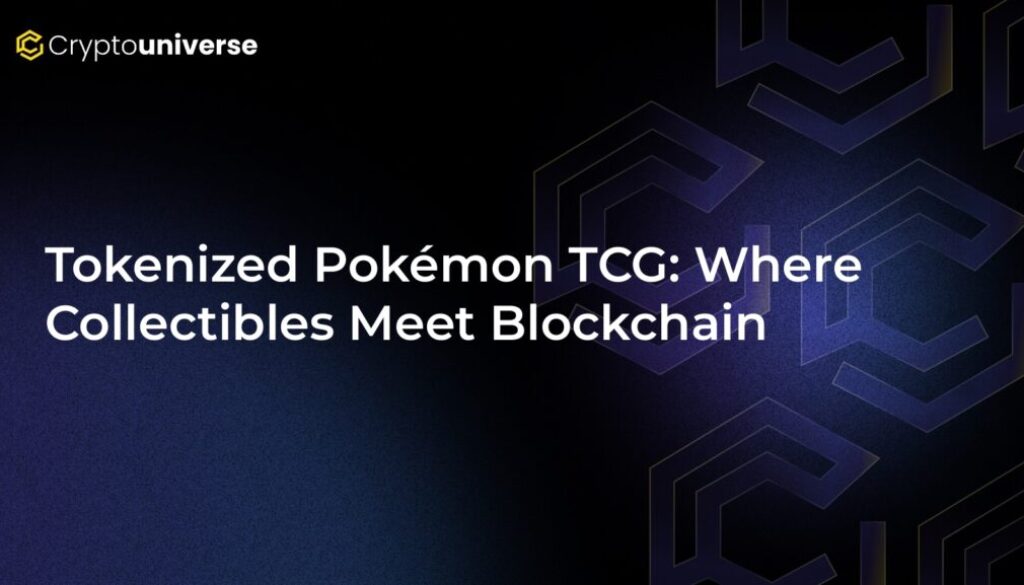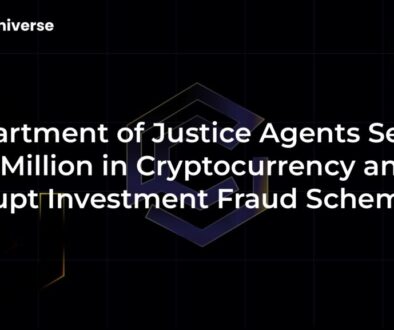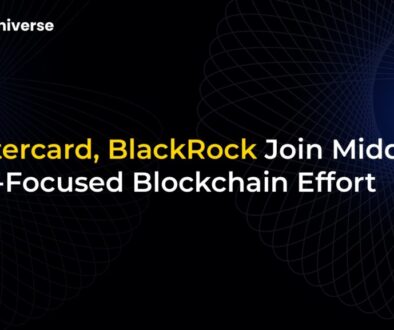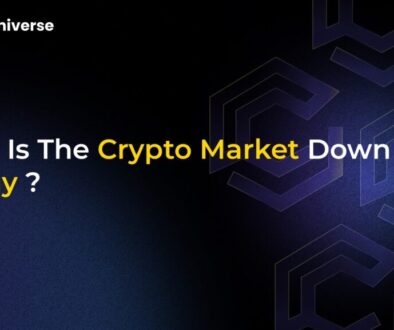Tokenized Pokémon TCG: Where Collectibles Meet Blockchain

The Next Evolution of Collecting is Here
The familiar thrill of opening a booster pack, the hunt for a holographic Charizard, the meticulous sleeving of a prized card—for decades, this has been the world of collectibles. But now, that world is undergoing a seismic shift. We’re witnessing the rise of the
Trading volumes for tokenized Pokémon cards are skyrocketing, creating a vibrant new market that combines the tangible value of physical cards with the speed, security, and global reach of the blockchain. In this post, we’ll explore this digital revolution, spotlight the pioneering platforms leading the charge, and look at what the future holds for this exciting new asset class.
A Market Going Parabolic: The Numbers Don’t Lie
The growth in this niche is nothing short of explosive. Since the beginning of the year, trading volumes for tokenized Pokémon TCGs have surged by an incredible 5.5 times, reaching a staggering $124.5 million. This isn’t just a fleeting trend; it’s a fundamental change in market dynamics.
Platforms at the forefront of this movement are reaping the rewards. In August alone, marketplaces like Courtyard and Collector Crypt saw trading volumes hit $78.4 million and $44 million, respectively. This frenzy is fueled by a simple yet powerful innovation: turning physical collectibles into liquid, easily tradable digital assets.
How Does It Work? The Magic of Tokenization
So, how do you take a physical Pokémon card and trade it instantly on a blockchain like Solana or Polygon? The process is a game-changer for collectors:
- Vaulting: Real, physical cards (often professionally graded) are sent to a secure, insured vault.
- Tokenization: A unique digital token, or NFT (Non-Fungible Token), is created on the blockchain to represent that specific physical card. This NFT serves as a verifiable certificate of ownership.
- Trading: Collectors can then buy, sell, and trade this NFT on a digital marketplace instantly, anywhere in the world.
This model eliminates the biggest pain points of traditional collecting. Gone are the days of settlement delays, expensive shipping, insurance headaches, and the risk of damage or loss in transit. Blockchain provides a faster, cheaper, and more secure way to trade, unlocking unprecedented liquidity for assets that were once difficult to move.
Spotlight on the Pioneers: Platforms Leading the Charge
Several platforms have emerged as leaders in this new on-chain TCG wave, each bringing a unique flavor to the market.
Collector Crypt
Operating on the high-speed Solana blockchain, Collector Crypt has captured significant attention. The platform not only provides an open market for trading tokenized cards but also introduces gamified elements like a “gacha” vending machine for digital packs. Its native token, $CARDS, experienced a meteoric rise of over 600% in a single week, driven by record trading volume. This token is tied directly to the platform’s momentum and is backed by a pool of real-world Pokémon cards, creating a direct link between the digital token and the physical collectibles market.
Courtyard
Courtyard has also established itself as a major player, generating over $78 million in secondary sales in a single month. By tokenizing grails on the Polygon blockchain, Courtyard allows collectors to own and trade digital representations of some of the rarest Pokémon cards in existence, all without the friction of physical exchange.
Expanding the Ecosystem
The movement is expanding beyond its initial platforms. With projects like Drip bringing Pokémon cards to the Ronin network, it’s clear that the fusion of Web3 and traditional collectibles is a multi-chain phenomenon. This trend mirrors broader market shifts, where real-world assets (RWAs) are increasingly being brought on-chain to unlock their value.
The Bigger Picture: Pokémon Cards as a Real-World Asset (RWA)
The tokenization of Pokémon cards is a perfect example of the burgeoning RWA trend in crypto. These aren’t just JPEGs; they are digital tokens backed by tangible, valuable assets with a long history of appreciation. In fact, one Pokémon Card Index has outperformed the S&P 500 by approximately 4.7 times since 2017.
By bringing these assets on-chain, the market becomes more transparent, liquid, and accessible to a global audience. As we approach the 30th anniversary of Pokémon in 2026, the hype is likely to attract even more collectors and investors to these innovative platforms.
Navigating Regulatory Hurdles
As with any disruptive technology, the rapid growth of tokenized assets comes with potential regulatory challenges. The classification of these digital tokens—whether as collectibles or securities—remains a gray area in many jurisdictions. Platforms will need to build flexible compliance frameworks and maintain open dialogues with regulators to ensure consumer protection and long-term sustainability.
The Future of Collecting is Hybrid
The era of tokenized Pokémon cards is just beginning. This hybrid model, blending the physical and digital, is setting a new standard for the entire collectibles industry. By leveraging blockchain for authentication, ownership verification, and frictionless trading, collectors can finally enjoy a market that is as dynamic and efficient as the digital world we live in.
The fusion of tangible passion with digital efficiency is creating a powerful new ecosystem. Whether you’re a seasoned collector or a crypto enthusiast, the evolution of collectibles trading is a space to watch closely. The game has changed forever.


